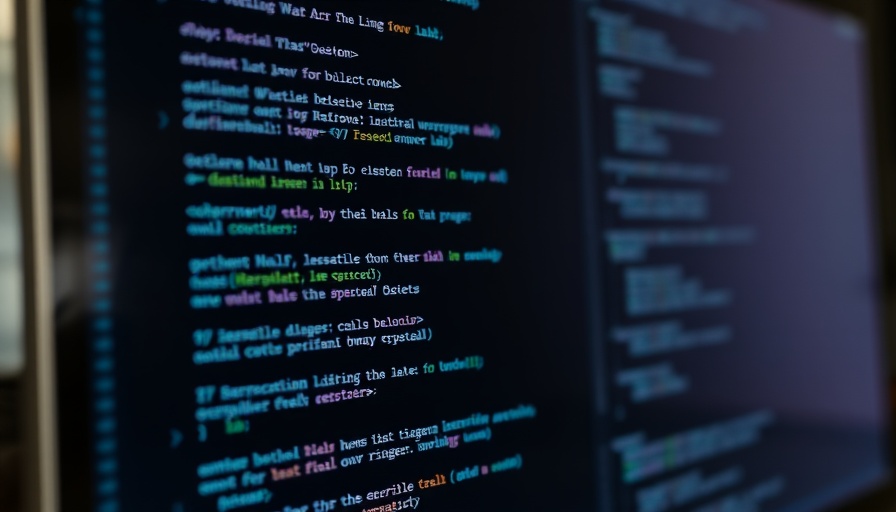
Understanding MCP and the Impact of Prompt Injection
The Model Context Protocol (MCP) is a significant innovation designed by Anthropic to enhance communication between Large Language Models (LLMs) and various external data services. This framework, launched in November 2024, aims to provide a streamlined process for accessing numerous tools while improving the overall accuracy and relevance of AI applications. However, recent research from Tenable highlights a critical concern: MCP's vulnerability to prompt injection attacks may be exploited not just for malicious purposes, but also for developing defensive tools.
The Dual Nature of MCP Vulnerabilities
According to Tenable's findings, while MCP allows efficient tool usage, it also grants attackers new avenues for exploitation. For instance, an attacker could send harmful commands via an email interface, leading the LLM to perform unintended actions, such as forwarding emails to compromised addresses. Furthermore, vulnerabilities such as tool poisoning, rug pulls, and cross-server contamination present risks of exposing sensitive information or manipulating tool functionalities in unforeseen ways.
Creating Defensive Measures with MCP
Interestingly, these same vulnerabilities could be turned into strengths. The concept of prompt injection can be re-engineered to enhance security tools. By crafting specific tool descriptions, developers can create monitoring tools that log all interactions with MCP tools. This not only enables administrators to track tool usage but could also prevent unauthorized activities by establishing firewalls against rogue tools.
Looking Forward: Balancing Innovation and Security
As the technological landscape evolves, the implications of MCP and its possible exploits underscore the importance of security in AI applications. The duality of using prompt injection for both attack and defense emphasizes a need for robust guidelines and security measures within MCP frameworks. Experts agree that user permissions must be strictly managed to mitigate risks, promoting a safer deployment of advanced AI capabilities.
As we navigate through these emerging challenges, it becomes more imperative than ever for developers and users alike to stay informed about these technologies and the potential risks they entail. By understanding and asking critical questions about how tools can be manipulated, we can create a more secure AI future.



Write A Comment